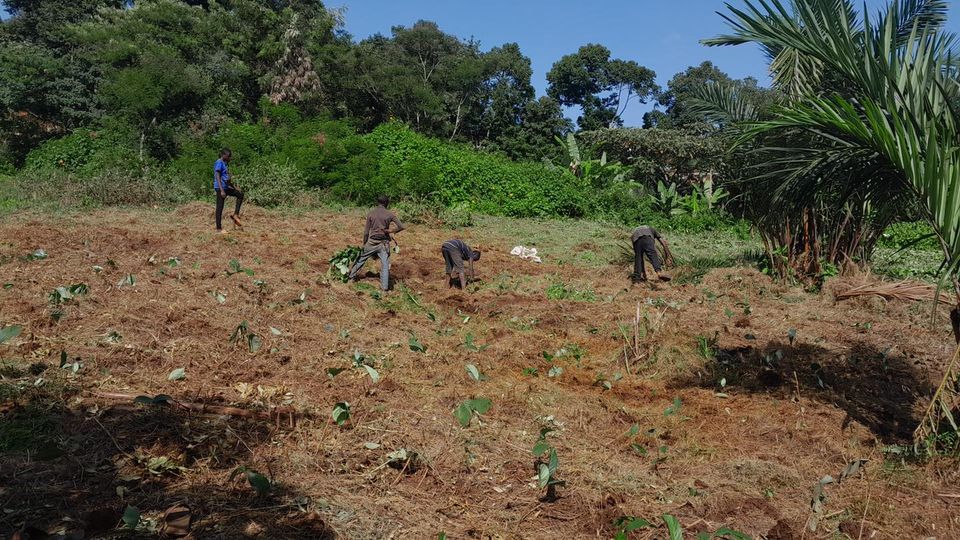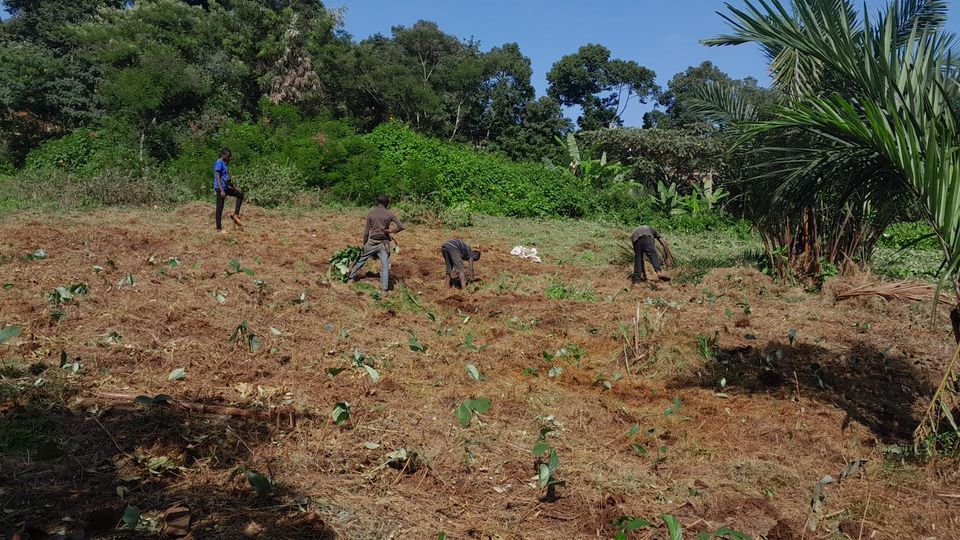Nkambe, Cameroon – The fight to revitalize rivers in Nkambe, has taken a significant step forward with the successful completion of the first phase of a test tree planting activity, a collaborative effort between Ecological Balance Cameroon, the Nkambe council, and the dedicated Ngwayu community. This milestone marks a promising beginning for the Nkambe River Revival Project, aiming to restore health to the region’s vital water source.
Over 4,000 trees of diverse species were planted across 1,575 square meters at the Ngwayu water catchment area, utilizing the innovative Miyawaki method of reforestation. This method is renowned for its ability to foster rapid tree growth, establish vibrant biodiversity, and improve soil health, offering significant promise for the project’s long-term success.

“The Ngwayu water catchment was chosen for the test phase because it is the main water source/ supply in Nkambe. The results will enable us to better prepare and make adequate decisions. Together with communities, we are rewriting the narrative for Nkambe’s environment” stated Bernadin NJiafu, Eco Balance’s Head of Operations.
This initial planting serves a dual purpose: testing the ideal tree species for the local environment and showcasing the power of the Miyawaki method. Tata Wilfred highlighted the practical benefits of the planting initiative: “I am hopeful that the tree planting initiative will reduce water scarcity in our area, especially during the dry season. This is essential for our livelihoods, as water is life. However, the project’s success depends on our engagement and collaboration.”
Paul Honoré, Chief of Bureau conservation and environmental monitoring, MINEPDED Donga & Mantung Nkambe, underscored the importance of planting trees in an area like Nkambe. ” Nkambe area is a semi-arid zone and planting trees is a good way to preserve the environment and revamp our biodiversity. We do not relent our efforts in supporting NGO to help them achieve their goal.”
The success of the pilot phase of the Nkambe River Revival Project has instilled hope for the future in the minds of the residents of Nkambe. With the right combination of tree species and a proven reforestation method, the project has the potential to restore the river’s health and ensure a sustainable water source for the Nkambe region.
